When I am on dry land I love having plants around me, and it is the same when on a narrowboat. The question is, which plants will survive, grow and even flourish on a narrowboat? That’s the question I hope to answer today in this quick post. So if you have any interest in narrowboats and plants, please read on.
Why Do I Love Having Plants on my Narrowboat?
Narrowboats are by their very nature very small and compact spaces. Therefore, it is critical as boaters that we try and make these spaces as inviting as possible. One part of this is to give a narrowboat interior a light and airy feel. Another part of this for me is by adding a natural element to my boat in the form of plants. I feel like these plants do wonders for my wellbeing whilst onboard, and help me feel upbeat even in the depth of Winter 🙂
It not only me that feels this way! This study over in America has even suggested a link between stress levels and interactions with houseplants. And my favourite Sam Rockwell character in the film Moon also uses house plants to keep himself sane in space! (it must be true then!!).
What Plants Work Well on a Narrowboat?
Now that we know that plants will help us on our boats, the question is which will survive the often slightly dark and over-crowded spaces? Here are the plants I would keep on a narrowboat.
In general, the best plants for a narrowboat will be green ones with more leaves rather than flowers. This will be a theme you will see throughout my recommendations.
Plant 1: Ficus
The Ficus is well known in gardening circles as an easy plant to grow and hardy. It requires moderate but consistent watering, just be careful to only leave the soil moist. If it is too dry or drenched, you may have a problem. The one exception to this is in the Winter, when you should leave it a little drier. As an ornamental plant, I believe the ficus has a great look for any narrowboat.
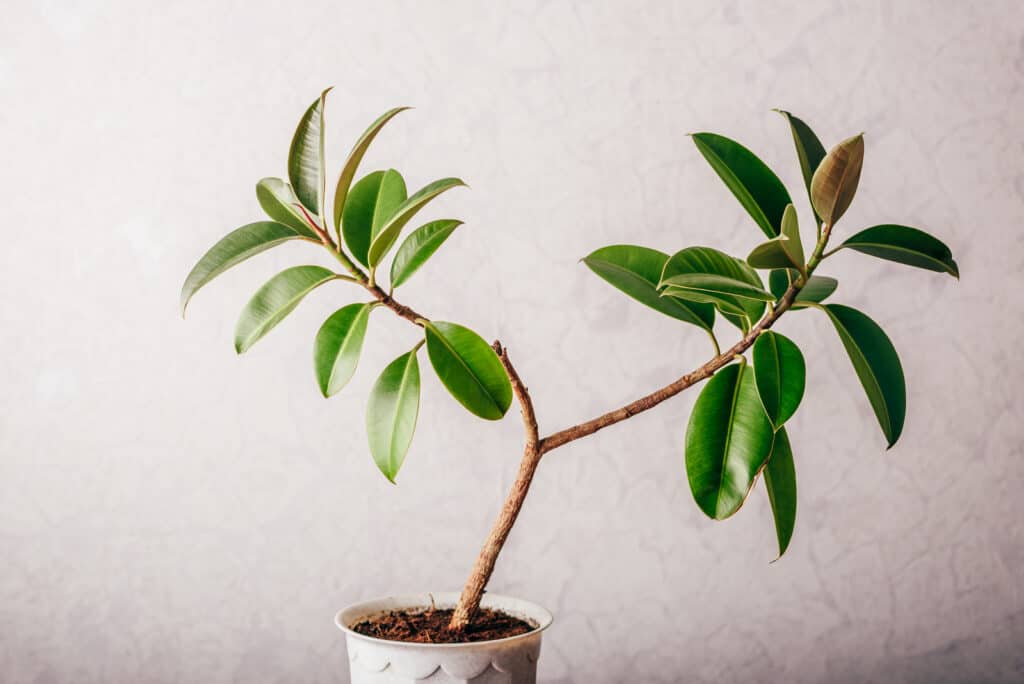
Plant 2: Pothos (Devil’s Ivy)
Pothos is a type of ivy that loves to grow in low light conditions. I have found it can really thrive and look great in a boat environment. As with the Ficus above, the Pothos is an incredibly hardy plant that is easy to look after. So much so that the Pothos is seen as a great starter houseplant (as it is almost impossible to kill!). Perfect for a narrowboat then!! Try to go for Pothos with mainly green leaves and not varieties with white variations on the leaves, as it a low light situation only the green part can make energy for the plant.
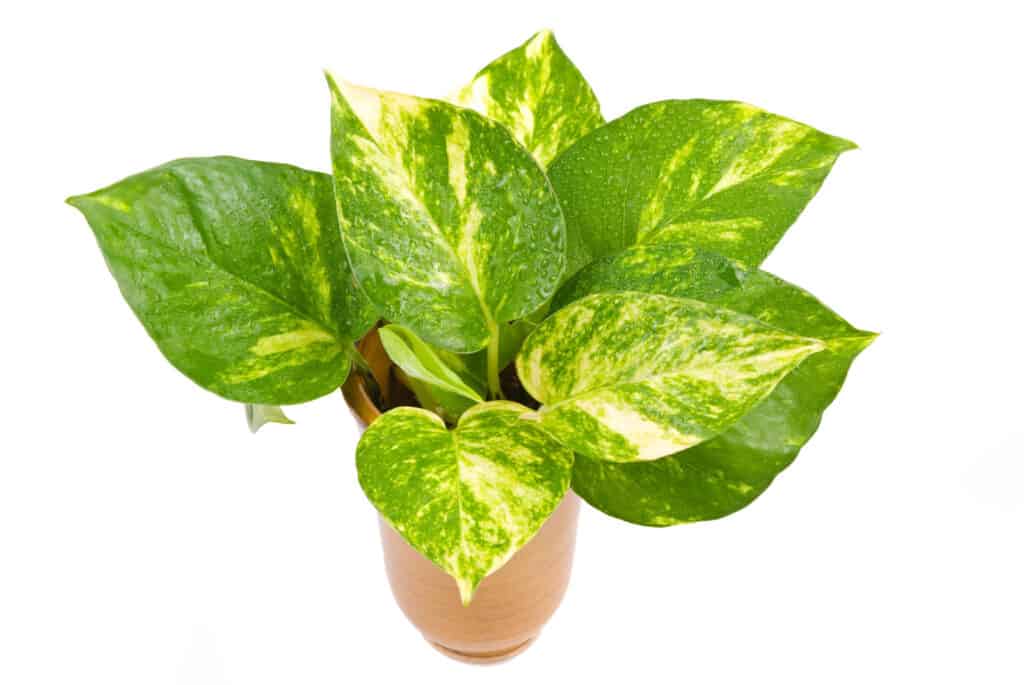
Plant 3: Spider Plant
Even before I became interested in narrowboats, I always had a spider plant or two around the house. They would grow in pretty much any situation and were simple to look after. Some light watering is more than enough to help a spider plant grow and thrive. As with the Ficus above, don’t water as much in the Winter. Spider plants are a bit of an acquired taste, but I personally really enjoy them!
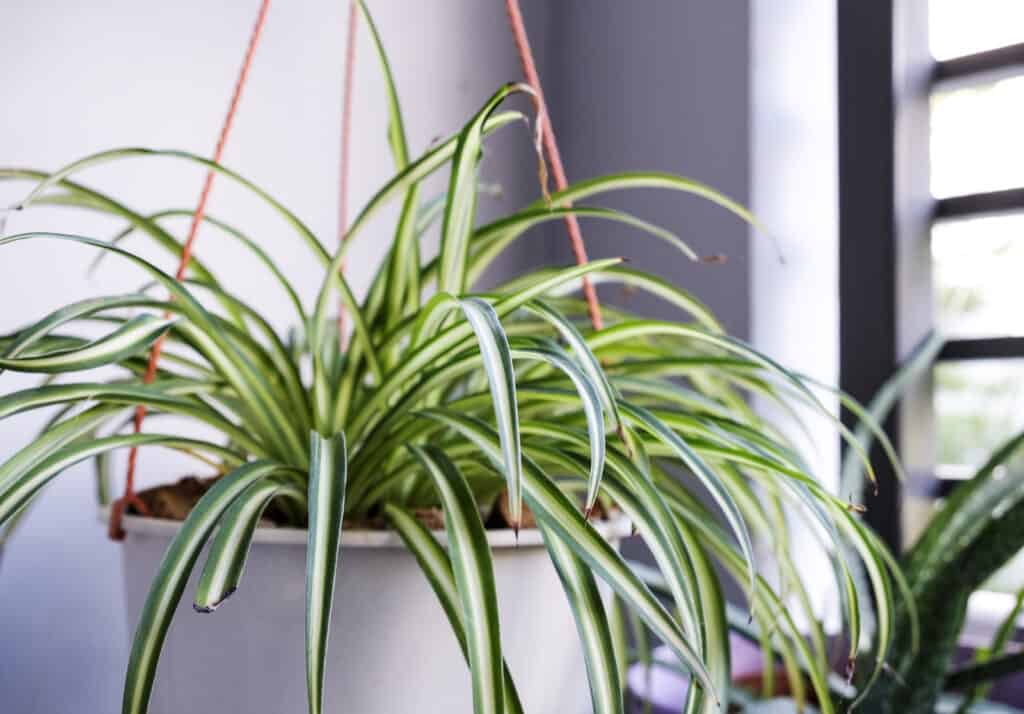
Plant 4: Peace Lily
If you are sick of all the green plants talked about so far, then you are in luck. Peace lilies will flower several times a year, even in lower light situations, and look amazing with it! If you do find that your peace lily is struggling in your narrowboat, try feeding it some liquid plant food every few weeks in the Spring and Summer. Make sure to take off any dead flowers as you go, too.
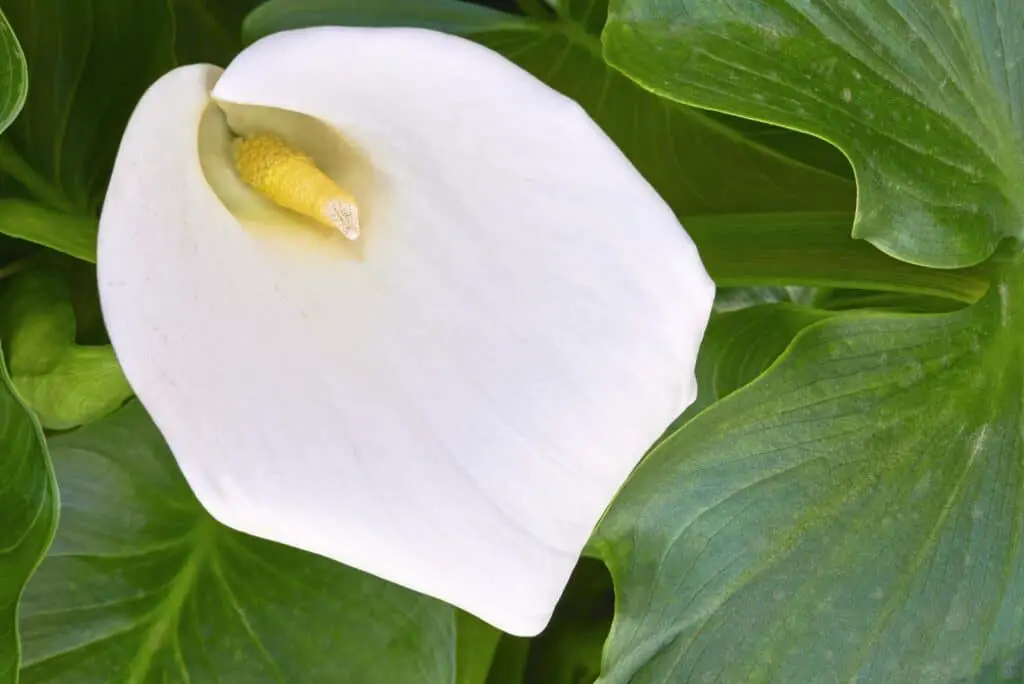
Plant 5: Lucky Bamboo
For another plant with a unique look, I would suggest some lucky bamboo. Not only does it look amazing, but it is really simple to grow and maintain. It will even grow in a jar of water, so it really is a very flexible plant to have on a narrowboat. If you do go for this approach, just be sure to clean out the container of water every few months. This plant might even bring you some luck along the cut, too. Maybe fewer engine breakdowns 🙂
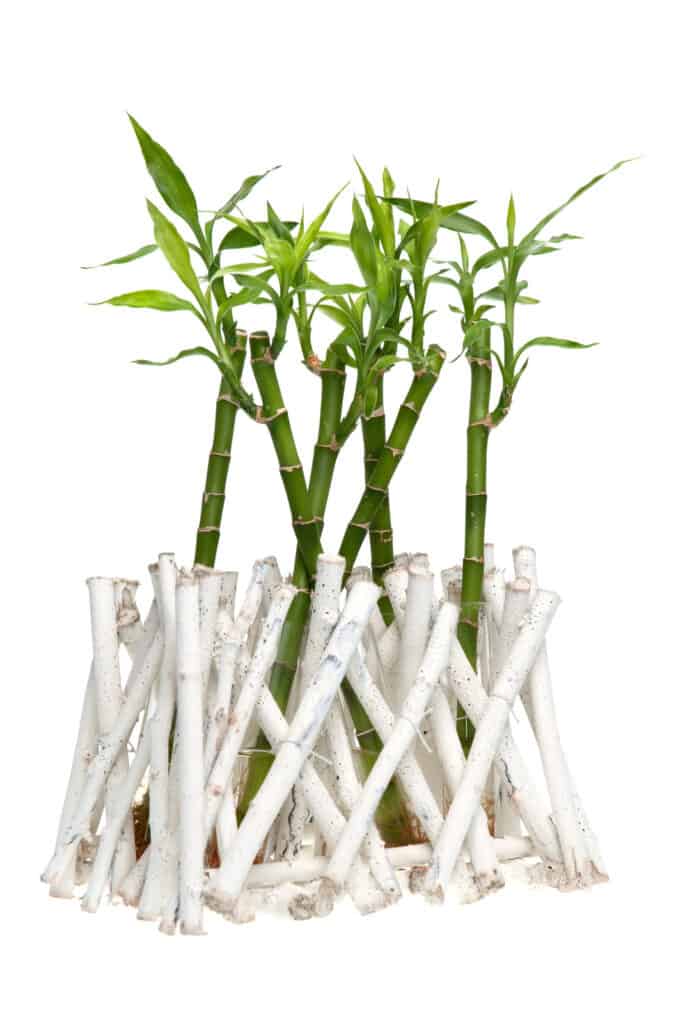
Plant 6: Rex Begonia
With so many green plants around, I want to suggest Rex Begonia as it brings some red to the table. This plant is also good in moderate to low-light situations and only requires weekly waterings (allowing the soil to go dry in between). I really love the way this plant looks on board, it really brings a different feel to the other plants mentioned. It really is the holy grail of great looking but easy to look after boat plants!
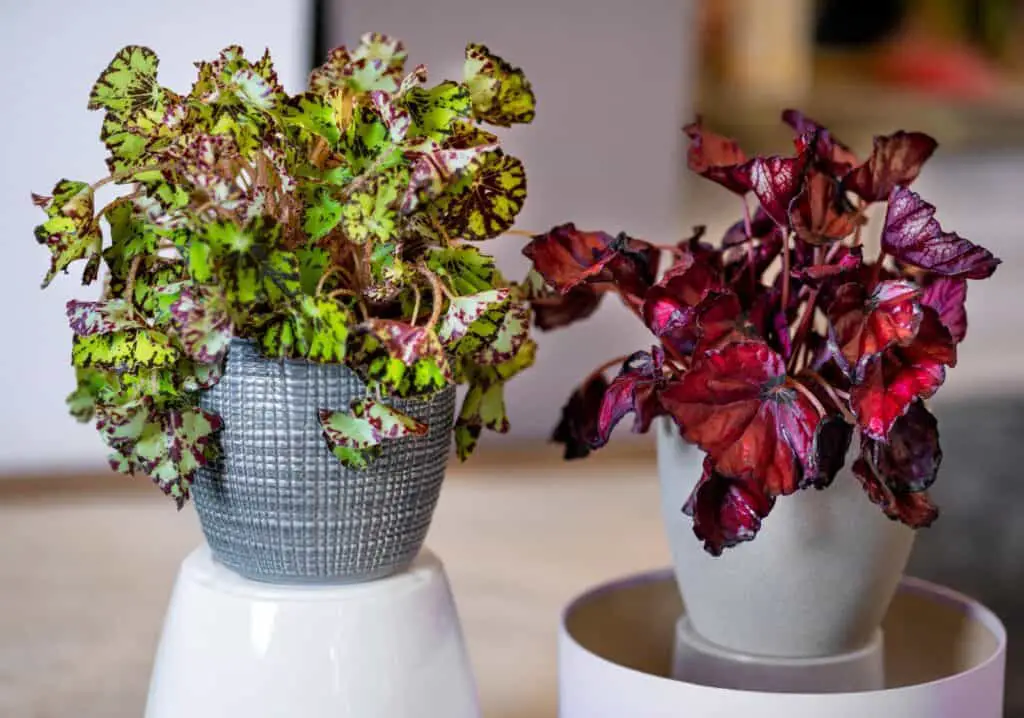
Any Other Options?
Hang it All Out!
As narrowboats are tight on space and therefore surfaces to place plants on, you may wish to use some hanging plant pots. This will allow you to enjoy the natural experience of plants without using up so many of your precious surfaces! I quite like the old style string style hanging pots below. Click the image to view them for yourself over at Amazon.

Put Plants Out!
If you are finding that some of your boat plants are struggling, you don’t only have the option of giving them liquid plant food. Simply putting them out on the roof of your narrowboat whilst moored (as long as it’s not the dead of winter) will really help give your plants a sunlight boost. Just don’t forget they are there when you start cruising again 🙂
On the subject of plant food, I really like the one below (click the image to view over at Amazon). It’s got seaweed in it and it’s been working wonders for me of late!

Make a Rooftop Garden!
A lot of narrowboat owners love having a narrowboat garden on their roof. This is simply a planter box that is fixed on your narrowboat’s roof. Just make sure it doesn’t get in the way of walking up and down your boat, something you may need to do in locks. And also that your boat’s roof is structurally sound and can support the extra weight. Also try to keep the weight down, as having a lot of weight that high up on your boat could cause you stability issues.
If you don’t wish to make a rooftop planter, you could simply have a simple container to place a few plant pots in. This would be a simpler version of a rooftop garden.
Find a Garden Mooring
If you really love narrowboats and gardening, you may wish to take up a narrowboat mooring at the end of a garden. One of the narrowboat Youtubers I watch (Chris and Shell) recently did this. They found a nice mooring at the edge of a farm that includes plenty of land for them to put garden planting trays on. This is clearly the best and most expansive way for narrowboat folk to keep their fingers green 🙂

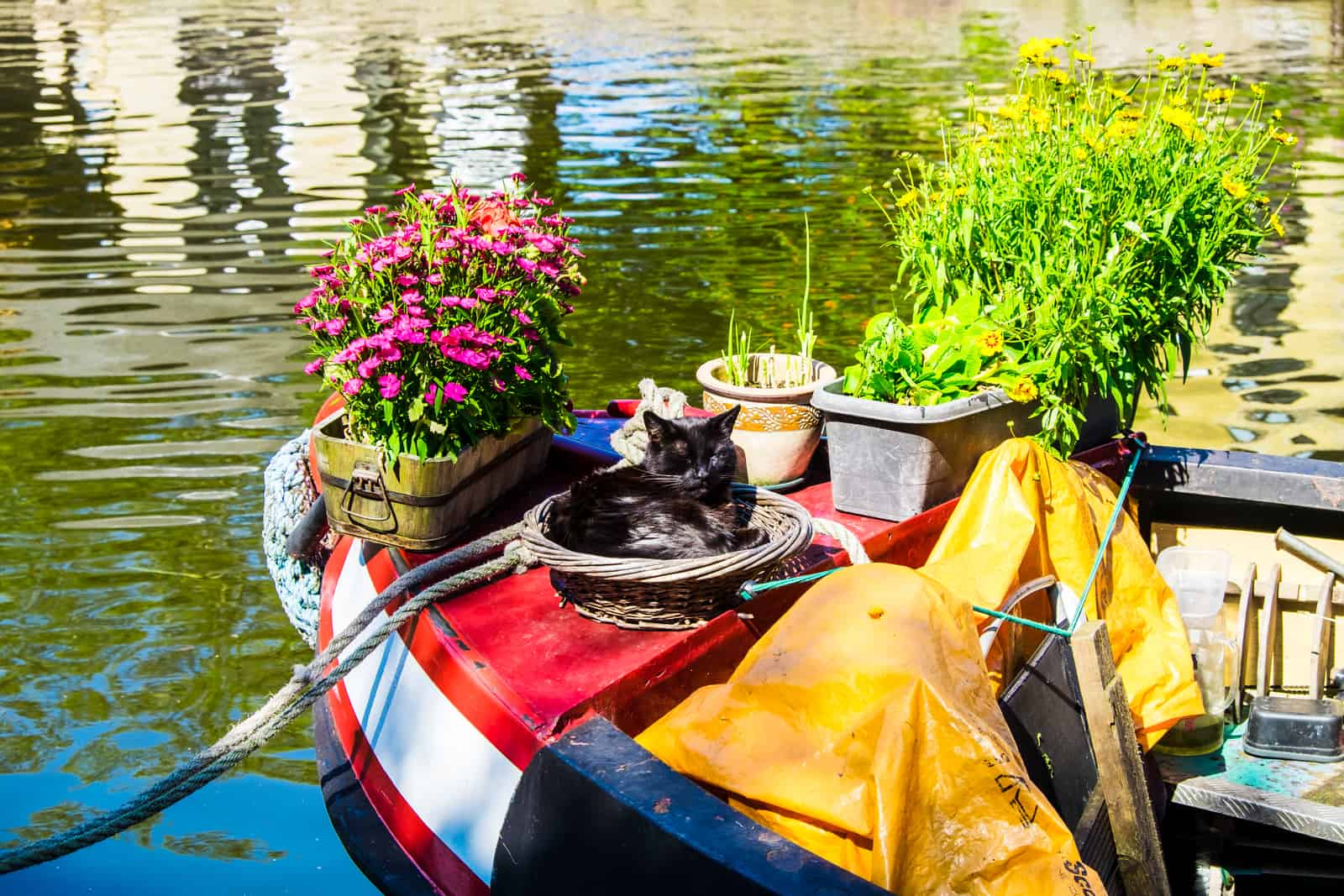

![What Happened to Cruising The Cut [Narrowboat Youtuber]](https://canalboatuk.com/wp-content/uploads/2022/08/cruising-the-cut-youtube-channel-211x150.png)
